Are you looking to improve your garden’s health and promote sustainable plant growth without relying on synthetic chemicals? Natural fertilizers offer a safe, effective, and eco-friendly alternative for nurturing your plants. Whether you’re tending to your roses, tomatoes, or houseplants, using natural fertilizers can enhance soil health, boost plant vitality, and provide essential nutrients. In this comprehensive guide, we’ll explore top natural fertilizers, DIY recipes, and practical tips to help you create a thriving garden ecosystem. From coffee grounds to banana peels, eggshells to fish tank water, we’ll uncover how everyday kitchen scraps can become powerful plant food. Discover the best natural fertilizers for your specific plants, learn how to make homemade fertilizers, and find out which options are most effective for roses, tomatoes, and houseplants alike. This guide is your ultimate resource for transitioning to organic gardening and ensuring your plants thrive with natural, nutrient-rich solutions.
What’s the Best Natural Fertilizer for Plants?
When it comes to choosing the best natural fertilizer for your plants, compost stands out as a top choice due to its rich nutrient content and environmental benefits. However, there are several excellent options available, each offering unique advantages depending on your specific needs.
Natural Fertilizers Explained
1. **Compost**: Compost is often considered the gold standard among natural fertilizers. Made from decomposed organic materials like food scraps, yard waste, and leaves, compost is packed with essential nutrients like nitrogen, phosphorus, and potassium. It also improves soil structure and promotes microbial activity, making it ideal for all-around plant health.
2. **Manure**: Animal manure, particularly chicken or cow manure, is another popular natural fertilizer. It releases nutrients slowly, making it suitable for long-term soil enrichment. However, it can take time to fully decompose, so it’s best applied in smaller quantities and allowed to break down before use.
3. **Worm Castings**: Worm castings, produced by earthworms, are highly concentrated with nutrients and beneficial microorganisms. They’re excellent for plants that require specific nutrients, such as those growing in pots or hydroponic systems. Worm castings are also safe for use around edibles.
4. **Fish Emulsion**: Fish emulsion is a liquid fertilizer derived from fish byproducts. It’s rich in micronutrients like zinc and B-vitamins, which are great for leaf growth and overall plant health. It’s easy to apply and works well for vegetables and flowers.
Choosing the Right Fertilizer
For most home gardens, compost is a versatile and effective option. However, if you’re looking for something more concentrated, worm castings or fish emulsion can provide quick boosts. Manure is best used as a slow-release option, especially for larger plants or trees.
Top Brands and Resources
If you’re exploring natural fertilizers, consider checking out Old Seed for heirloom gardening tips and sustainable agriculture resources. Their guides offer valuable insights into traditional gardening methods and eco-friendly practices. Explore their collection for natural fertilizers and organic gardening solutions.
Additionally, brands like Dr. Earth and Neptune’s Harvest provide high-quality natural fertilizers that are safe for use in vegetable gardens and flower beds. These products are formulated to promote healthy plant growth while supporting sustainable farming practices.
Remember to always test fertilizers in small amounts first to ensure they suit your specific soil conditions and plant requirements. By using natural fertilizers, you contribute to healthier soil and happier plants, ultimately benefiting your garden’s productivity and beauty.
What are 5 examples of natural fertilizer?
-
Compost
Compost is a natural fertilizer made from decomposed organic matter. It improves soil health by adding essential nutrients and beneficial microorganisms. You can find high-quality compost at Old Seed .
-
Manure
Animal manure, such as chicken or cow manure, is another effective natural fertilizer. It is rich in nutrients like nitrogen, phosphorus, and potassium. Sources include local farms or garden centers .
-
Fish Emulsion
Fish emulsion is a liquid fertilizer derived from fish scraps. It is high in nitrogen and works well for plants requiring frequent feeding. Purchase it at reputable gardening stores .
-
Rock Phosphate
Rock phosphate is a natural source of phosphorus, which promotes healthy root development. It can be mixed into the soil and is available through garden supply shops .
-
Worm Castings
Worm castings, produced by earthworms, are rich in micronutrients and humic acids. They improve soil structure and plant growth. Find worm castings at specialized gardening suppliers .
Are Coffee Grounds and Cinnamon Good for Plants?
Yes, coffee grounds and cinnamon can be beneficial for plants when used appropriately. Here’s a detailed explanation of how they can enhance plant health:
Benefits of Coffee Grounds for Plants
Coffee grounds are rich in essential nutrients, including nitrogen, potassium, and phosphorus, which are vital for plant growth. These nutrients promote healthy foliage and encourage robust root development. By combining coffee grounds with other natural ingredients like cinnamon, you can create a potent organic fertilizer that nourishes your plants.
Benefits of Cinnamon for Plants
Cinnamon adds unique benefits to plant care. It contains antioxidants and trace minerals that can improve soil health and protect plants from common pests and diseases. When mixed with coffee grounds, cinnamon enhances the effectiveness of the fertilizer, making it a versatile solution for gardeners.
How to Make a Natural Plant Fertilizer
To create a powerful plant fertilizer using coffee grounds and cinnamon, follow these steps:
- Combine 1 cup of coffee grounds with 1 teaspoon of ground cinnamon.
- Add 1 cup of club soda to the mixture to activate the ingredients and improve nutrient distribution.
- Mix thoroughly and apply the solution to your plants, ensuring it coats the roots and leaves evenly.
Application Tips
For optimal results:
- Apply the fertilizer to the base of the plant, avoiding direct contact with the leaves.
- Dilute the mixture according to the plant type and growth stage to prevent leaf burn.
- Repeat the treatment every 2-4 weeks during the growing season for continuous nutrition.
Additional Tips for Plant Care
- Consider using leftover coffee grounds and cinnamon as part of a compost pile to further enrich your soil.
- Always test the mixture on a small portion of the plant before applying it broadly to avoid any adverse reactions.
By incorporating coffee grounds and cinnamon into your gardening routine, you can support plant health and promote vibrant growth. Explore more organic gardening tips and fertilizer options on our fertilizer page and gardening guide .
How to Make Homemade Fertilizer for Plants
Creating a homemade fertilizer can be a cost-effective and eco-friendly way to support your plants. One popular method involves using chicken manure, which is rich in nutrients. Here’s a step-by-step guide:
- Materials Needed: Chicken manure, a clean container (e.g., a gallon jug), water, and gloves (for handling).
- Step 1: Measure the Manure. Use 4 tablespoons of processed chicken manure for a quart-sized container.
- Step 2: Dissolve the Manure. Fill the container with lukewarm water, leaving room for shaking. Shake vigorously to ensure the manure is fully dissolved.
- Step 3: Allow Fermentation. Keep the mixture at room temperature for approximately 2 days to allow the breakdown of nutrients.
- Step 4: Dilution. After fermentation, dilute the solution by adding water to achieve the desired concentration. Apply ½ cup of the diluted fertilizer to a gallon of water for each use.
- Step 5: Application. Pour the diluted solution directly onto the soil around your plants, avoiding direct contact with leaves. Apply every 2-4 weeks, adjusting based on plant needs.
- Step 6: Storage. Store the fertilizer in a sealed container in a cool, shaded area. Use within a short period to prevent mold or bacterial growth.
Considerations:
- Safety: Handle manure with care due to its strong odor. Use gloves and work in a well-ventilated area.
- Nutrition Balance: Chicken manure is high in nitrogen, so you may want to combine it with other fertilizers for a balanced nutrient profile.
- Testing: Test the fertilizer on a small section of your garden first to observe plant reactions before full application.
This method offers a natural way to enrich your plants with essential nutrients, promoting healthy growth and productivity.
Are Coffee Grounds Good for Plants?
Coffee grounds are indeed beneficial for plants, particularly those that thrive in slightly acidic soil conditions. Here’s a breakdown of their benefits and considerations:
- Nutrient Rich: Coffee grounds are rich in nitrogen, a vital nutrient for plant growth, which can help enhance foliage health and promote vibrant blooms.
- Pest Repellent: Some plants, like roses and citrus, find the smell of coffee grounds unpleasant, making them less attractive to pests such as aphids and spider mites.
- Aid in Soil Health: By adding coffee grounds, you contribute to better soil structure and microbial activity, indirectly supporting plant growth.
However, it’s important to use coffee grounds responsibly:
- Limit Quantity: Overuse can lead to excessive nitrogen, disrupting phosphorus and potassium balance in the soil.
- Soil Type Matters: Avoid using coffee grounds in hydrophobic soils, as they can attract fungi and pathogens harmful to plants.
- Timing is Key: Apply coffee grounds in spring or early summer to align with plant growth cycles and avoid overwhelming the soil.
To maximize benefits, mix coffee grounds with other organic matter like compost or manure. Dilute concentrated solutions and apply evenly around plants, avoiding direct contact with stems or leaves. Remember, moderation is key for optimal plant health!
For more gardening tips and sustainable practices, explore our gardening resources and learn how to create thriving ecosystems in your garden.
Easy Homemade Organic Fertilizer Guide
Creating your own organic fertilizer is a cost-effective and eco-friendly way to enrich your garden soil. Here are some simple recipes and methods to make your own organic fertilizer:
- Compost : Start with kitchen scraps like fruit peels, vegetable trimmings, and coffee grounds. Add these to a compost bin or pile and let them break down naturally. Compost enhances soil structure, nutrient content, and microbial activity.
- Manure-based Fertilizer : Collect animal manure from cows, chickens, or horses and mix it with bedding materials. Let it age for several months to break down and become a rich source of nutrients.
- Green Manure : Plant nitrogen-rich plants like clover or vetch and chop them down before they go to seed. These plants release nutrients as they decompose.
- Seaweed Extract : Harvest seaweed from the ocean, rinse it thoroughly, and dry it. Crush it into small pieces and sprinkle it around plants to provide trace minerals and micronutrients.
- Plant Ash : Collect wood ashes from your fireplace or campfire and spread them thinly around plants. Wood ash supplies phosphorus, potassium, and calcium.
- Bone Meal : Grind bones into a fine powder and mix it into the soil. Bone meal is high in calcium, phosphorus, and magnesium.
- Sand and Clay : Mix sand and clay together to create a balanced soil amendment. Sand improves drainage, while clay retains moisture and nutrients.
Steps to Make Your Own Fertilizer
- Collect Ingredients : Gather your chosen ingredients, ensuring they are organic and safe for your garden.
- Prepare the Area : Find a location where you can mix and store your fertilizer without contamination from chemicals or pests.
- Mix Ingredients : Combine the materials thoroughly to ensure even distribution of nutrients.
- Apply to Soil : Spread the mixture evenly around your plants, following recommendations based on your plant type and soil condition.
- Let it Age : Allow the fertilizer to sit in contact with the soil for a few weeks to activate the nutrients.
By making your own organic fertilizer, you contribute to a healthier garden ecosystem while reducing your reliance on synthetic chemicals. Experiment with different combinations to find what works best for your specific plants and soil conditions.

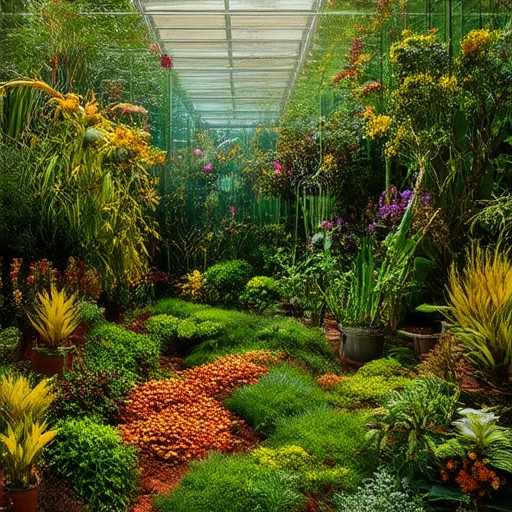
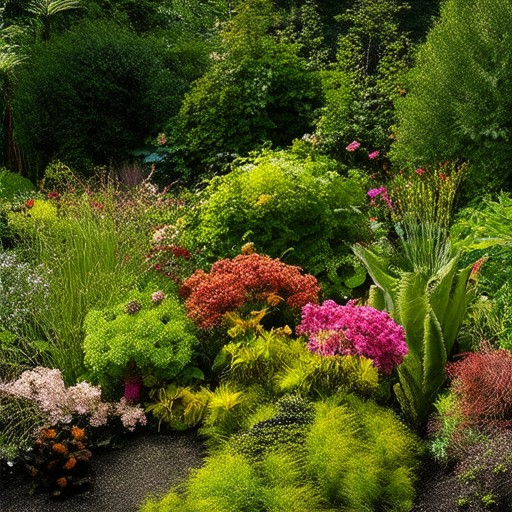
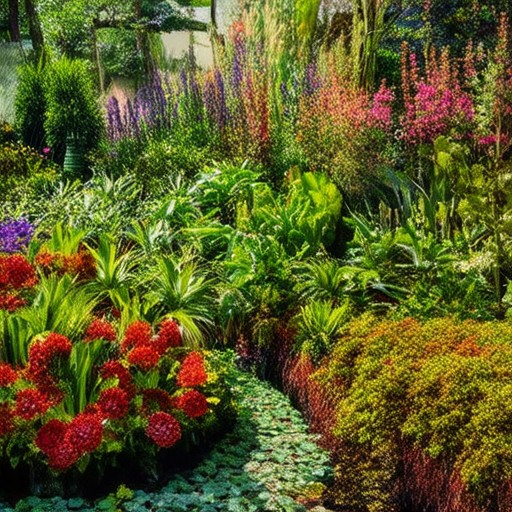


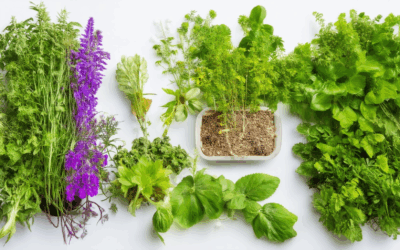
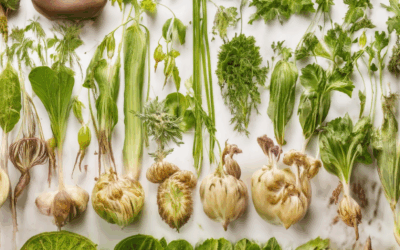
0 Comments